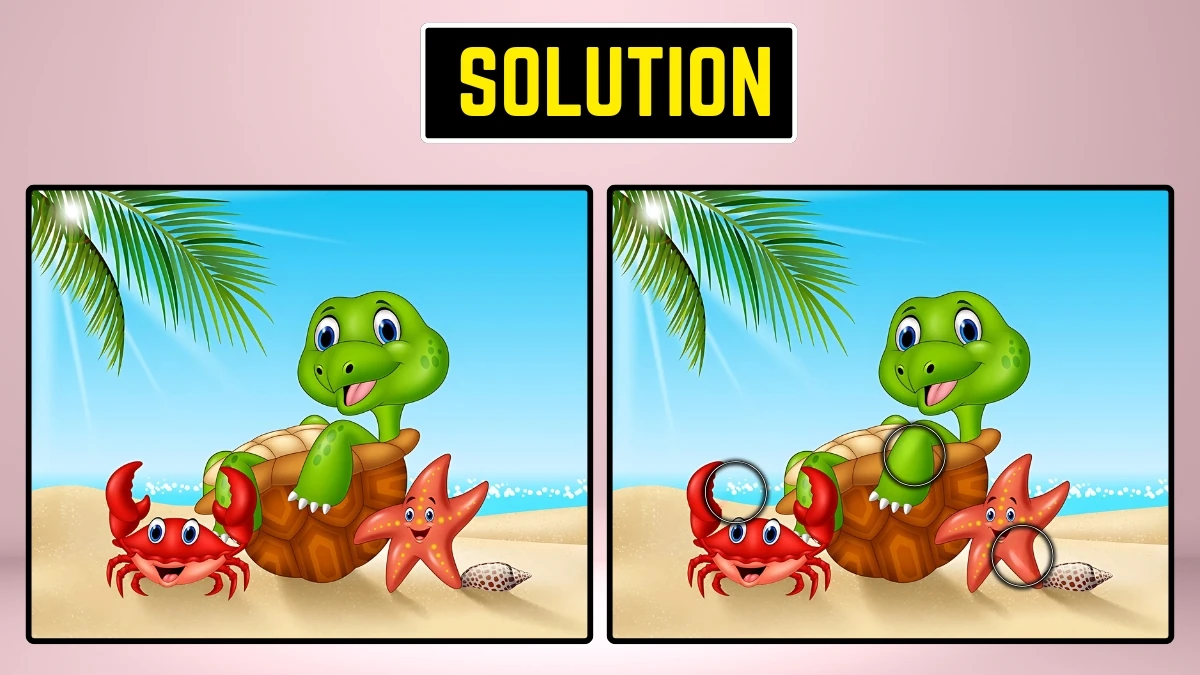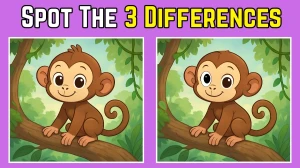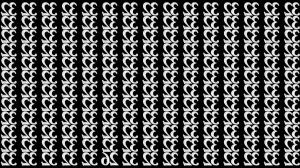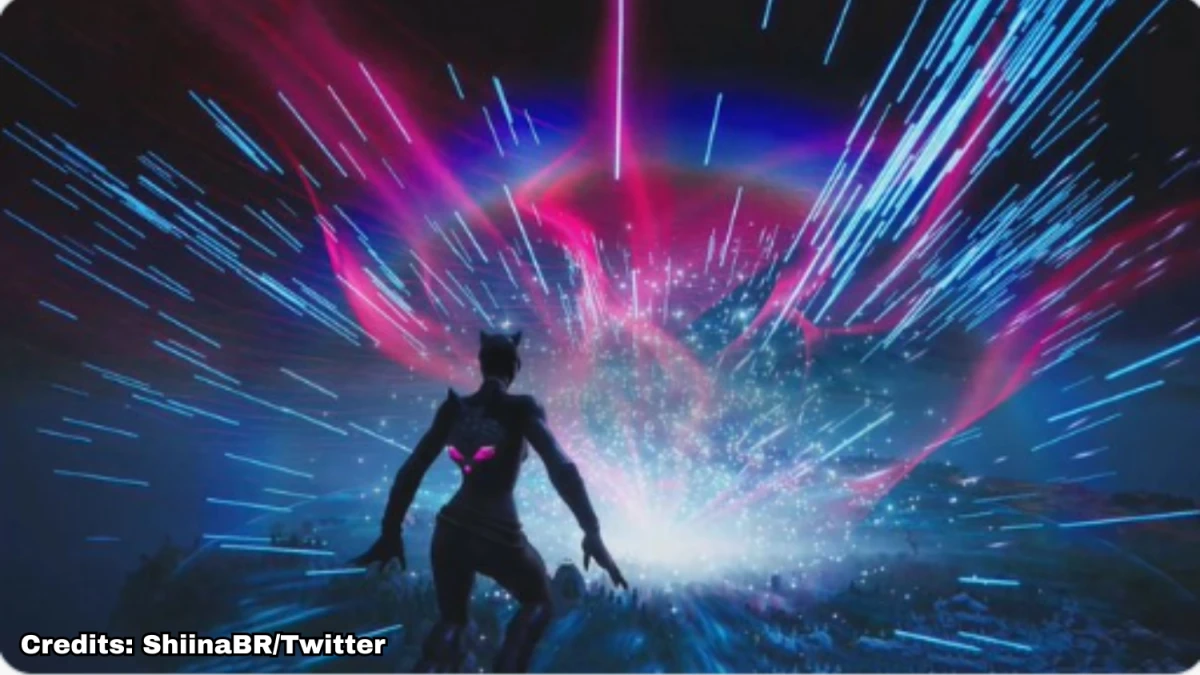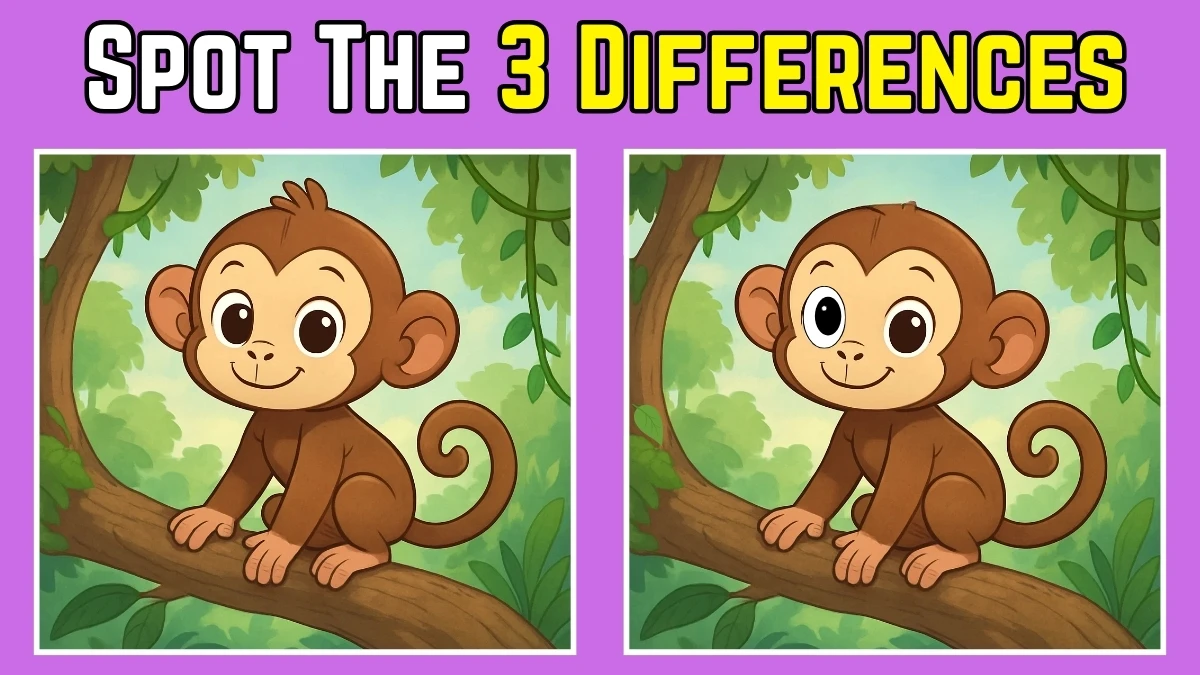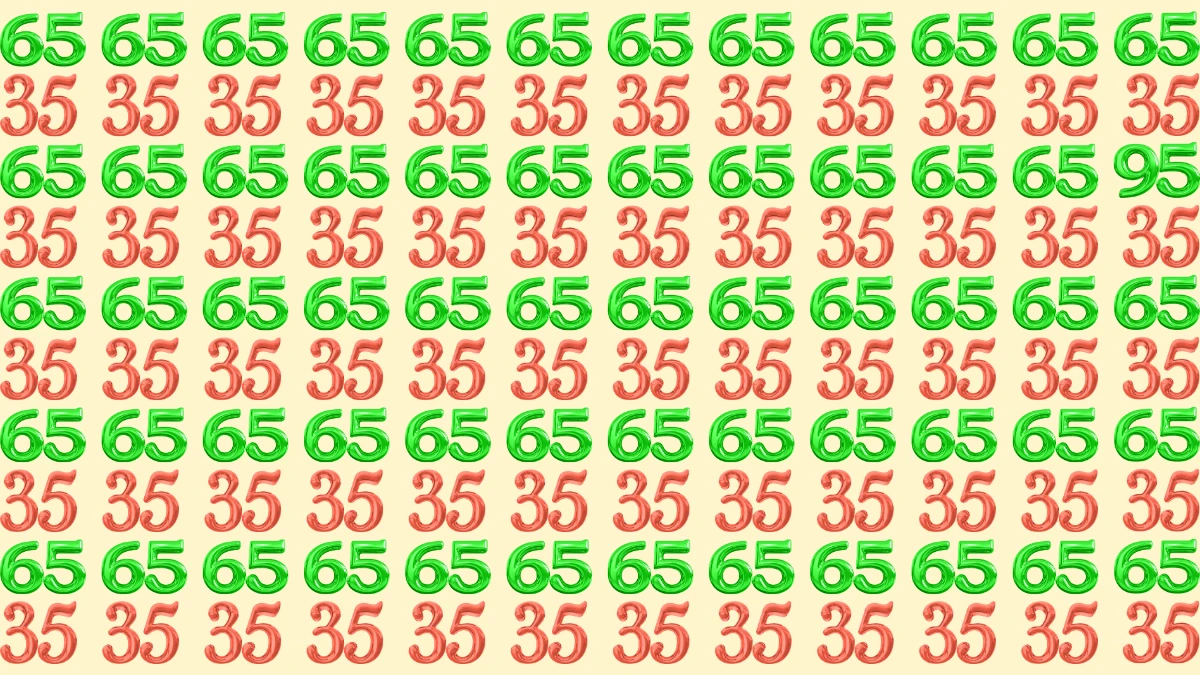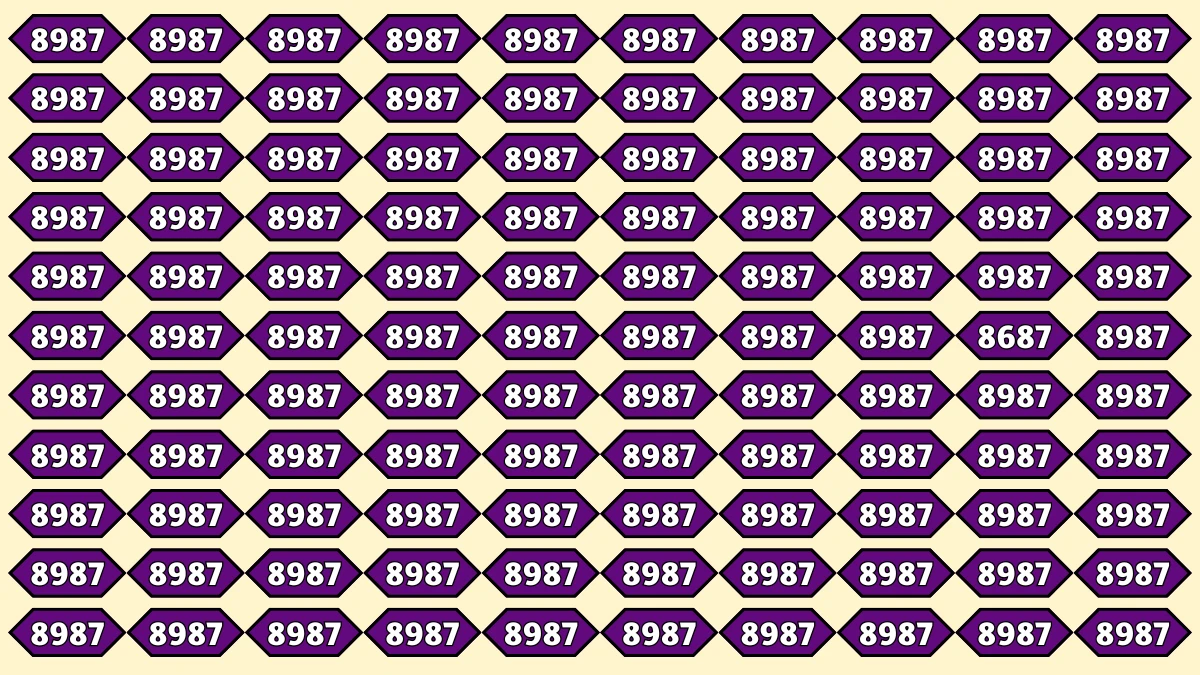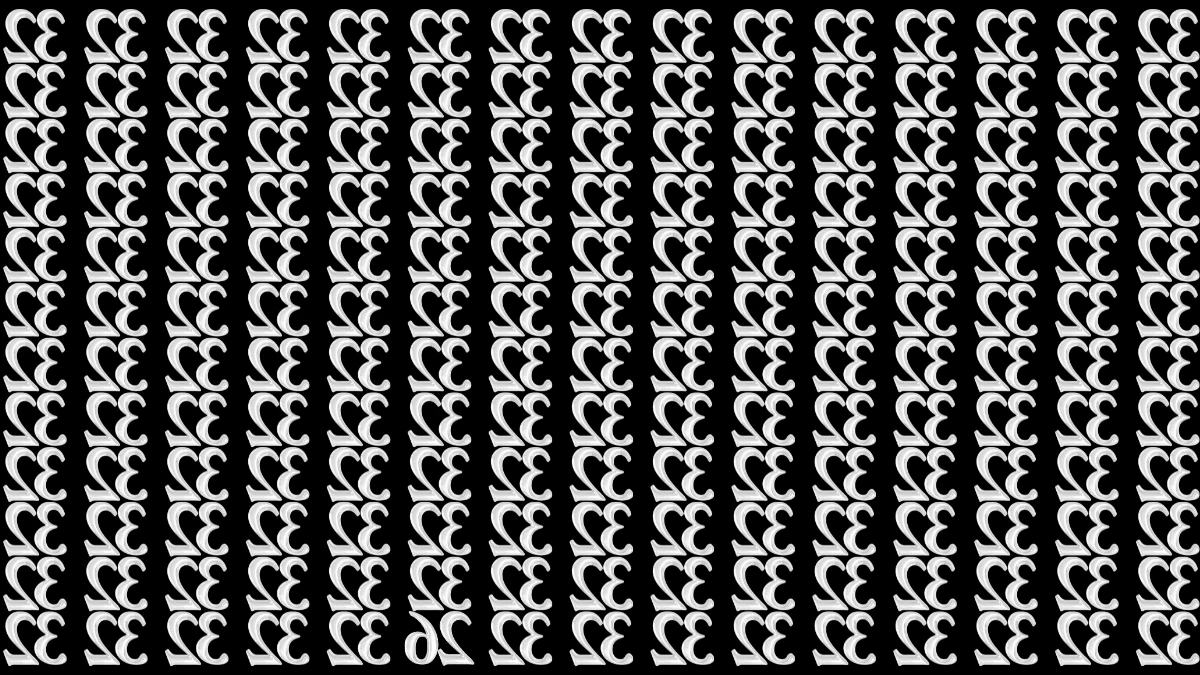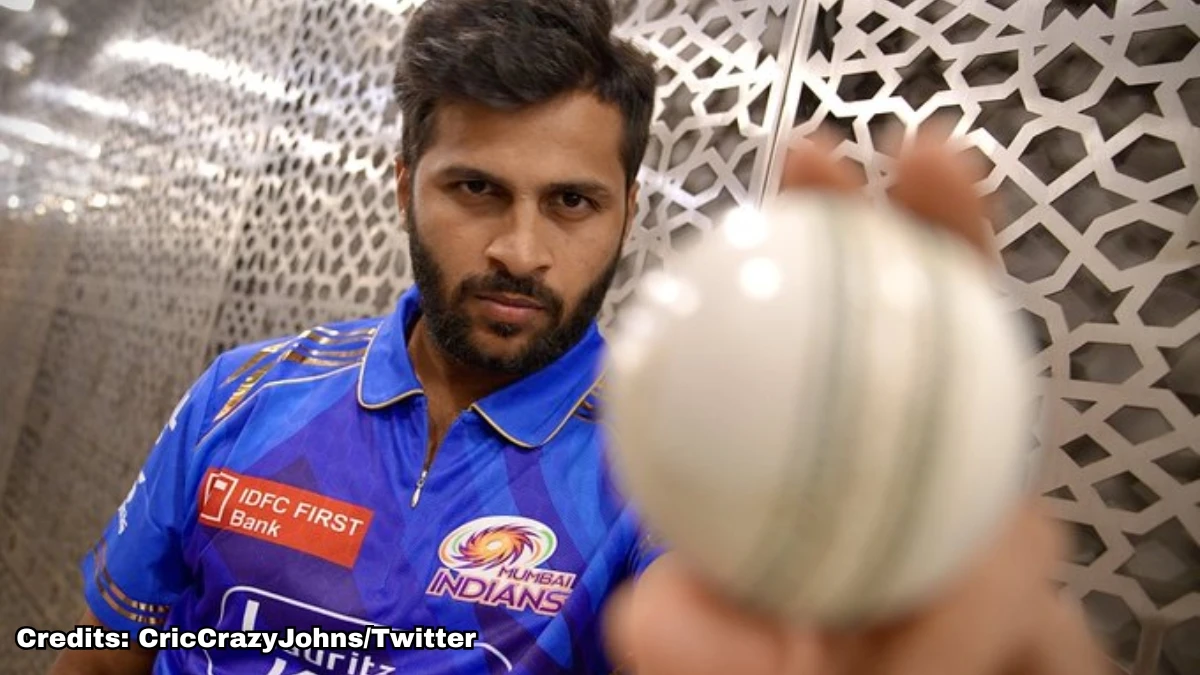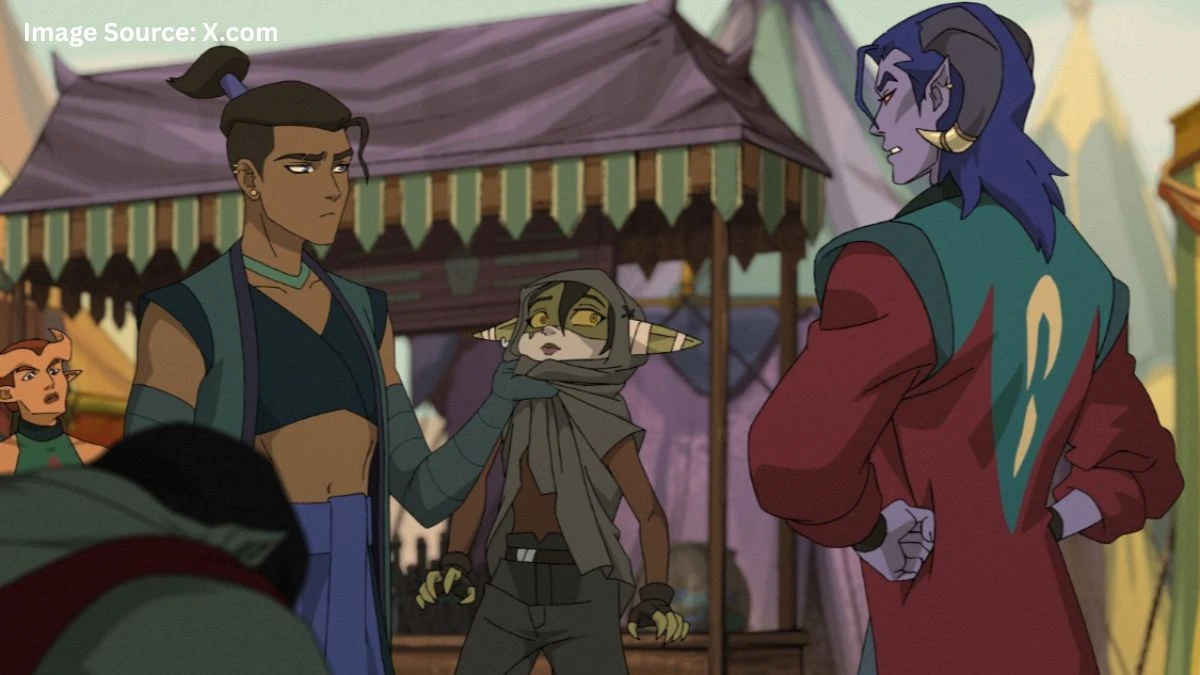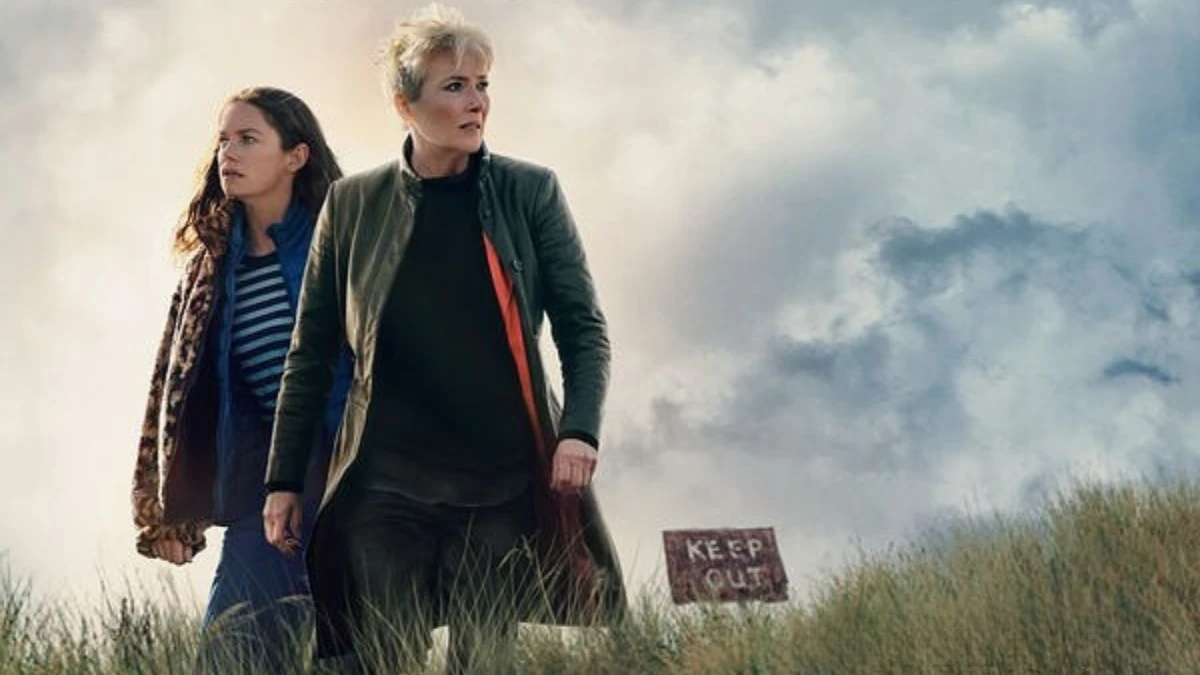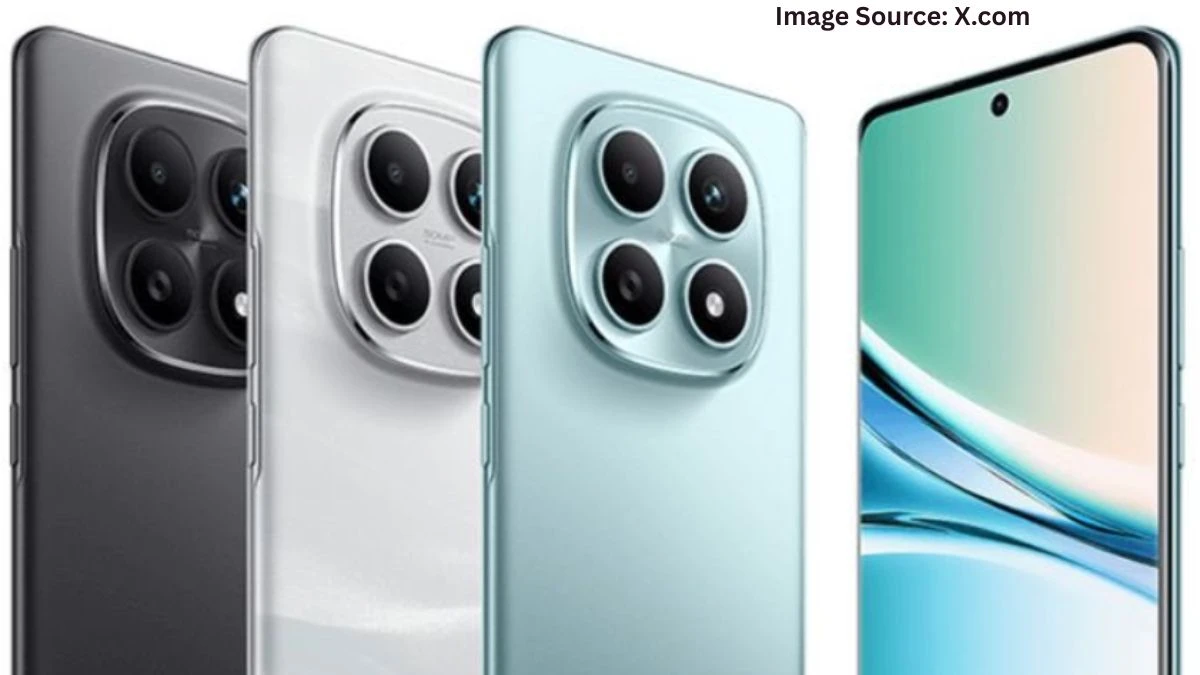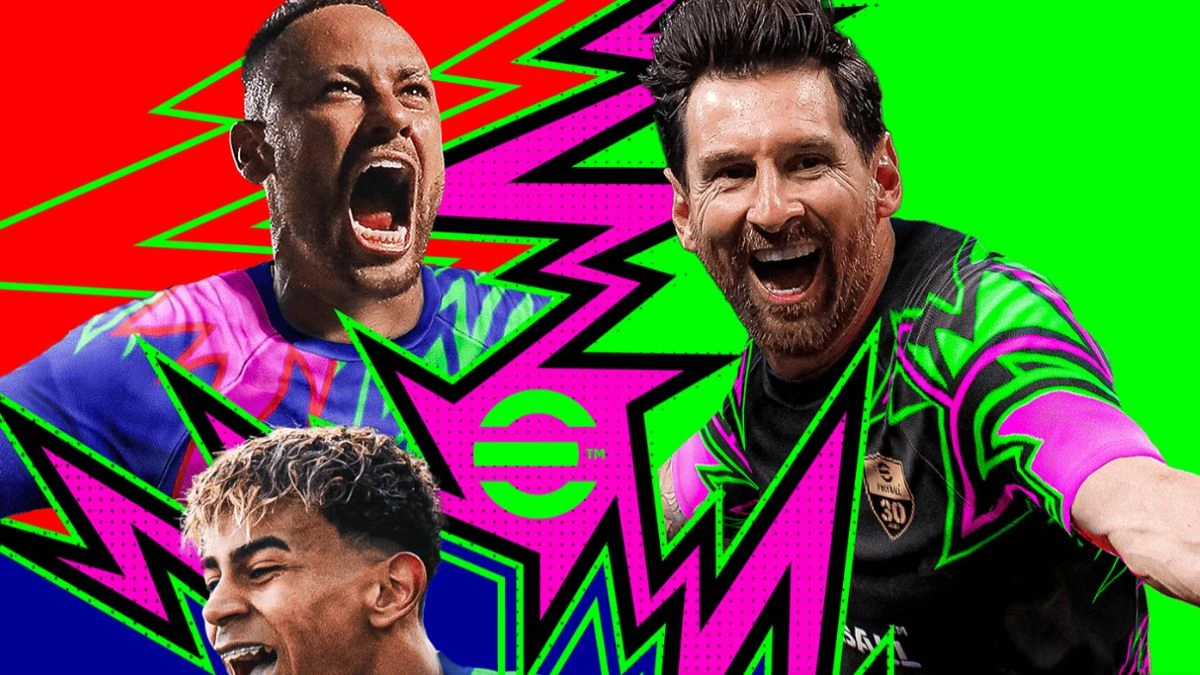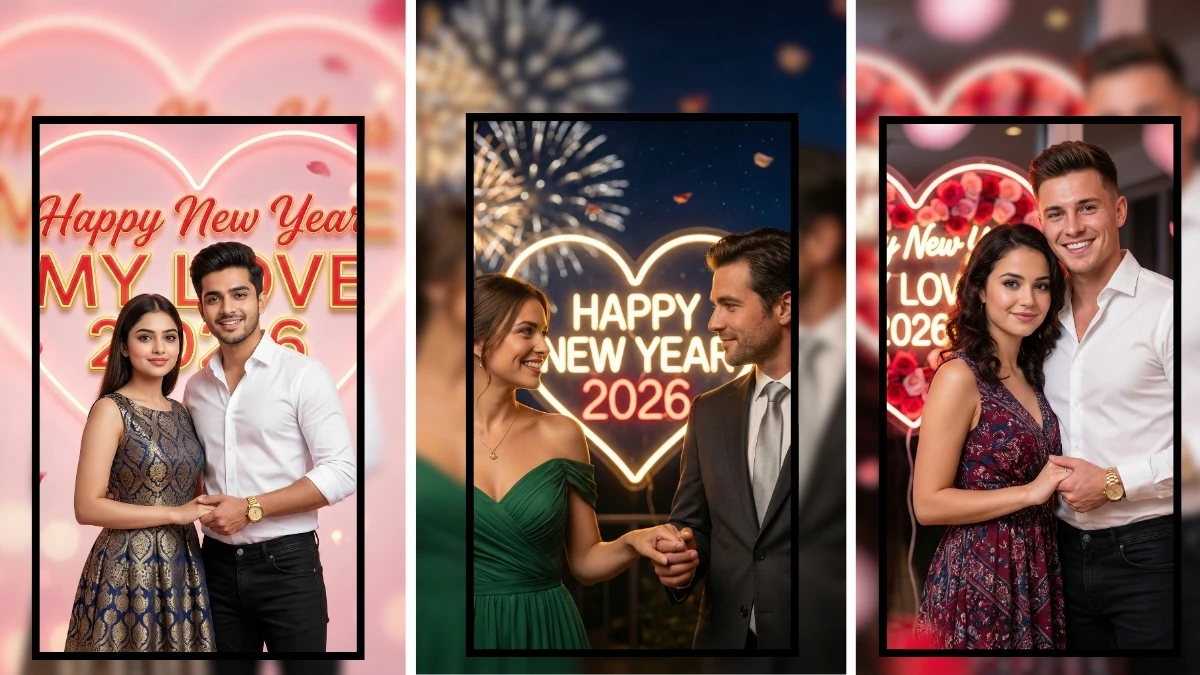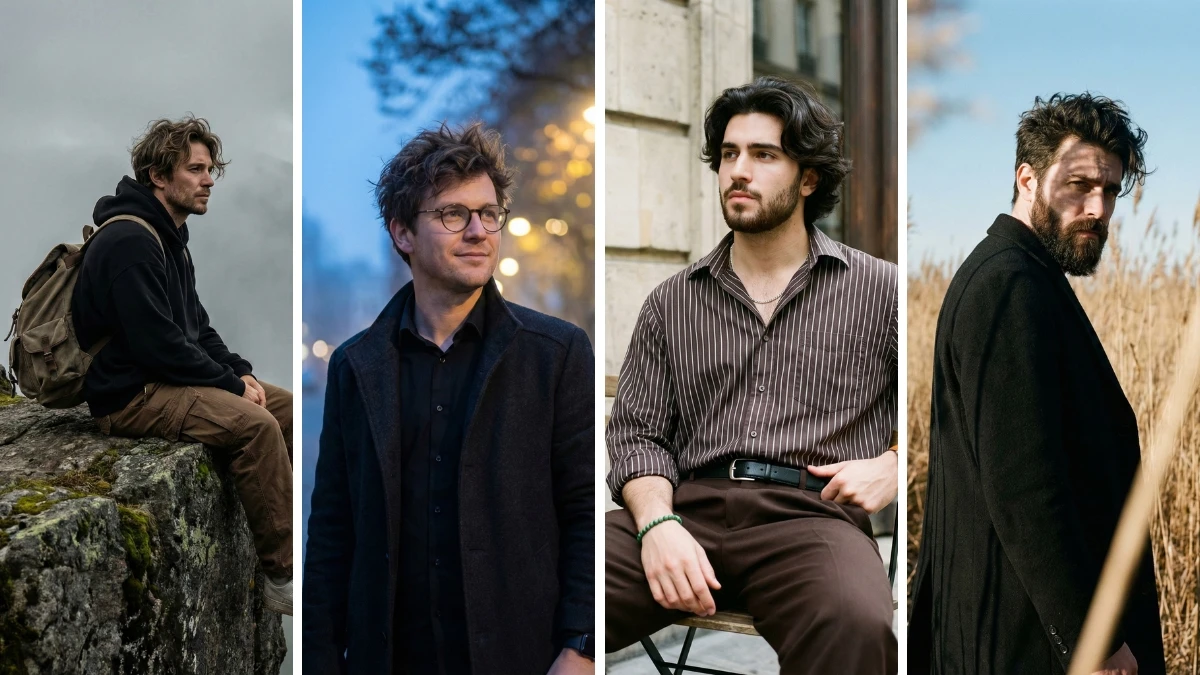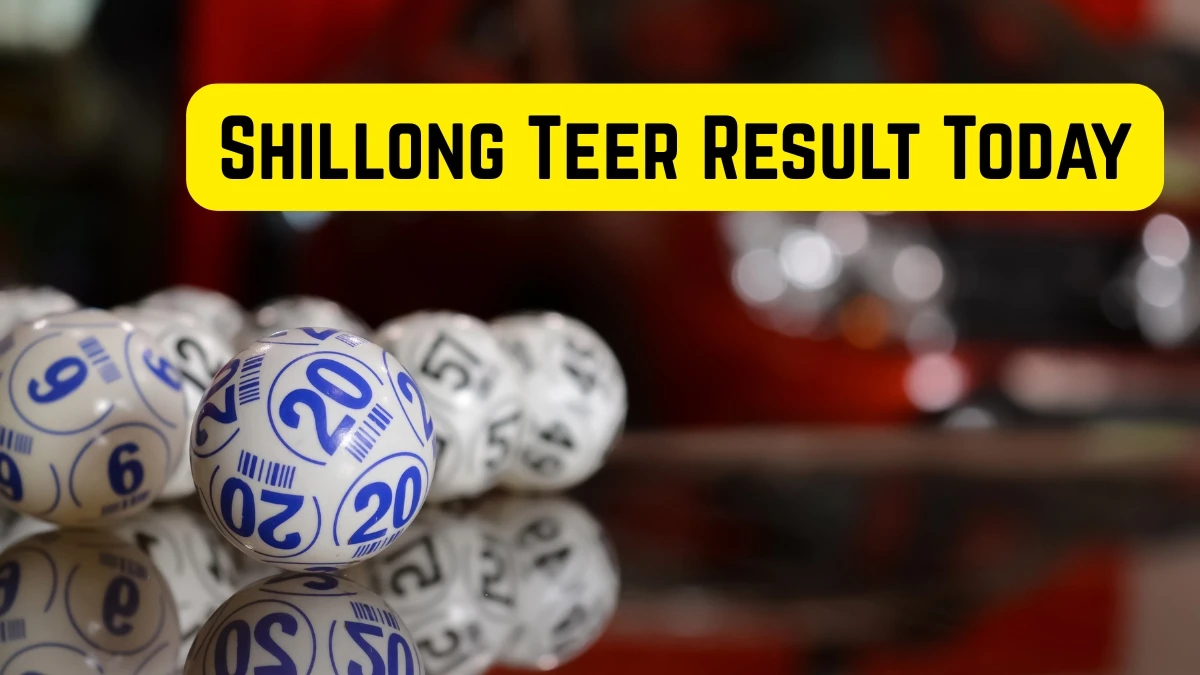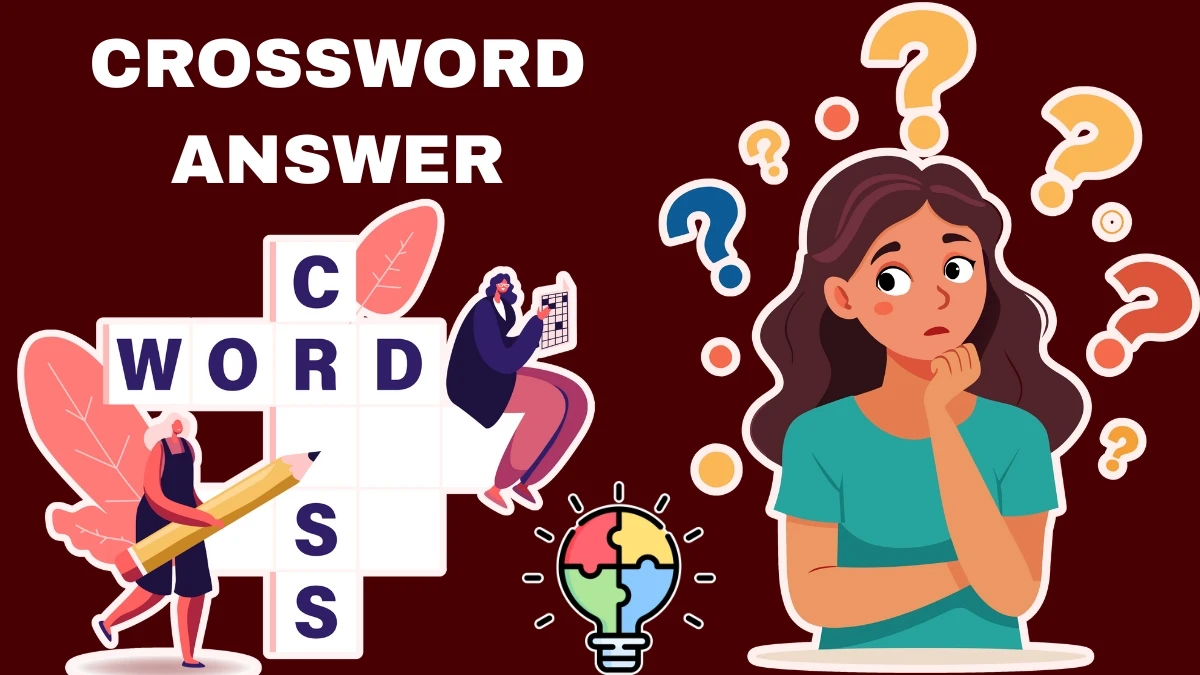Optical Illusion
An optical illusion is a visual phenomenon where the perception of an image differs from objective reality. It tricks the brain into seeing something that isn’t actually there or interpreting an image in a misleading way. This occurs because our eyes and brain work together to process visual information, but sometimes the brain makes assumptions based on patterns, contrast, depth, or context. These illusions highlight how our visual system is influenced by past experiences, lighting, angles, and surroundings. For example, a straight line may appear curved, or two objects of the same size may look different because of their placement. Optical illusions are not just fun puzzles—they also offer insights into how human perception works.
Optical Illusion Eye Test: Within 9 Secs Spot the 3 Differences
This optical illusion eye test challenges your observation skills and attention to detail. The task is to spot 3 subtle differences between two nearly identical images—but you only have 9 seconds to find them. At first glance, the pictures may look exactly the same, but with careful and focused observation, small changes begin to reveal themselves. These differences could be in shapes, colors, positions, or missing elements, all cleverly designed to trick your eyes. The challenge is a great way to sharpen your visual perception and test how quickly your brain processes visual information. If you can spot all 3 in time, you've got an impressively sharp eye!
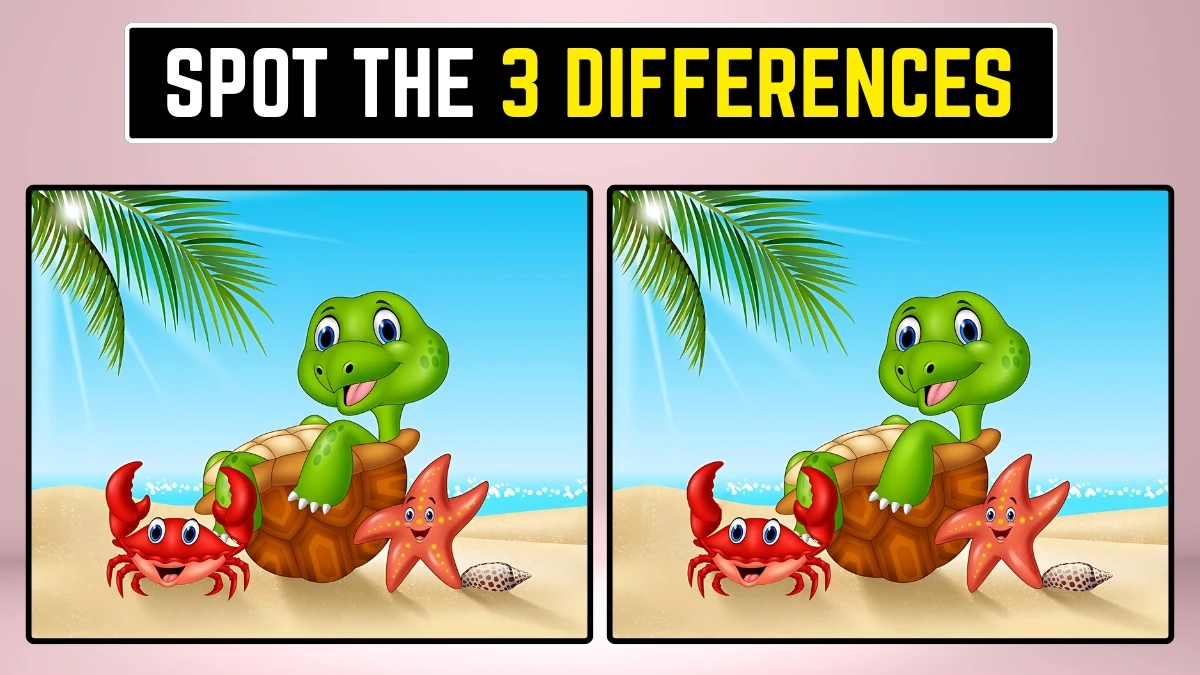
Optical Illusion Eye Test: Within 9 Secs Spot the 3 Differences - Solution
In this optical illusion eye test, the challenge is to spot three subtle differences between two nearly identical beach scenes. Upon close observation, the first noticeable difference is in the crab’s claw—on the right image, one of its claws appears shorter or altered compared to the full claw seen in the left image. The second difference lies in the turtle’s front leg; in the left image, the turtle has a visible green leg resting on the sand, but in the right image, that leg is missing. The third difference is found in the starfish’s expression—its smiling mouth is visible in the left image but has been removed or changed in the right one. These small but tricky changes test how sharply you observe visual details under pressure.
